The Feywild represents the intrinsic power of nature: its wildness and beauty, its chaos and unscrupulous dangers. Denizens of the Plane of Faerie can be equally imposing. Even the weakest among them can create dimensional rifts. The strongest collect knowledge and power over their long lives and don’t part with any of it for free.
Creatures of the Feywild can make for unforgettable D&D adventures, and players will have the opportunity to venture to their homeland in the The Wild Beyond the Witchlight adventure. To give your players a taste of the Plane of Faerie, check out some of our favorite fey here:
Boggles
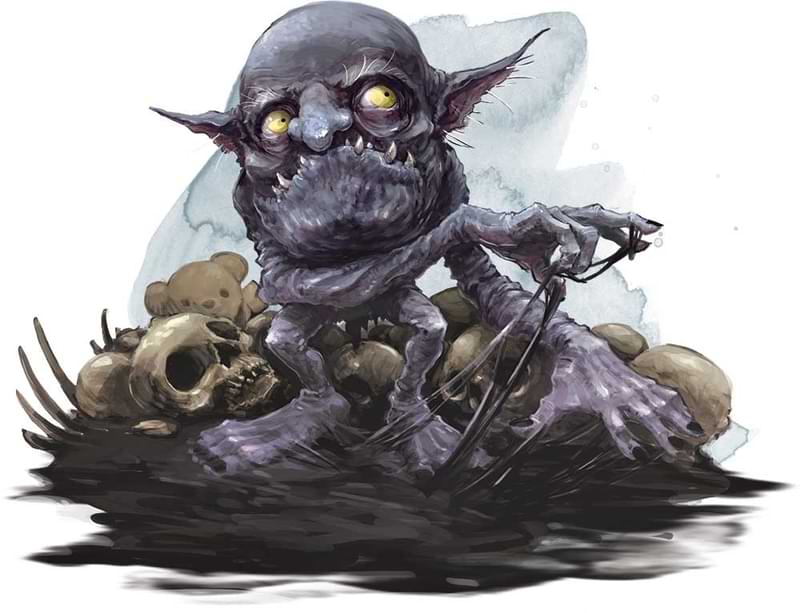 Boggles appear as blue or grey mutant humanoids with overly large heads and oozing skin. With a challenge rating of 1/8, they don't pose as much of a threat in a head-on encounter, but they could stymie even an advanced party when used for a chase scene. They can be ridiculously tricky to catch.
Boggles appear as blue or grey mutant humanoids with overly large heads and oozing skin. With a challenge rating of 1/8, they don't pose as much of a threat in a head-on encounter, but they could stymie even an advanced party when used for a chase scene. They can be ridiculously tricky to catch.
Catch me if you can
The boggle's stand-out ability is Dimensional Rift, which allows it to use a bonus action to create a portal to any space within 30 feet of it. Only the boggle can pass through the portal, though they can take objects along with them. This allows them to make a quick escape or keep objects like a quest item out of the party's reach. Even without Dimensional Rift, boggles are gifted with the following skill bonuses that help them remain undetected: Sleight of Hand +6, Stealth +6.
Further, boggles can climb as fast as most player characters can run (30 feet) and can do so upside down and across difficult surfaces without needing to make ability checks.
Slippery (or sticky) creatures
Boggles can secrete a slippery or sticky oil, with each type having their uses. The first grants them advantage on Dexterity (Acrobatics) checks so they can more easily squeeze through tight spaces and escape grapples and bonds. A puddle of this oil lasts an hour and forces player characters to succeed on a DC 11 Dexterity saving check or fall prone.
Boggles’ sticky oil grants them advantage on Strength (Athletics) checks made to grapple or hold onto an object or surface. A puddle of this type of oil forces player characters to succeed on a DC 11 Strength saving throw or be restrained.
Using boggles in your game
Dungeon Masters can use the boggle for either a fun side adventure or as a way to introduce the party to larger plot points. A boggle could steal an object from the party out of a desire to cause mischief and lead them on a slippery chase through a busy city. A group of boggles could play a hilarious game of keep-away, creating Dimensional Rifts to pass a stolen item amongst themselves and filling tight corridors with slippery oil.
Boggles could be useful to more powerful entities, such as a faction, crime syndicate, or a hag coven, or serve as fickle allies. Keep in mind: boggles are generally chaotic neutral, so they often put their own interests first. They are tricksters, and so might rather prefer being a nuisance to someone rather than outright try to kill them.
Hags
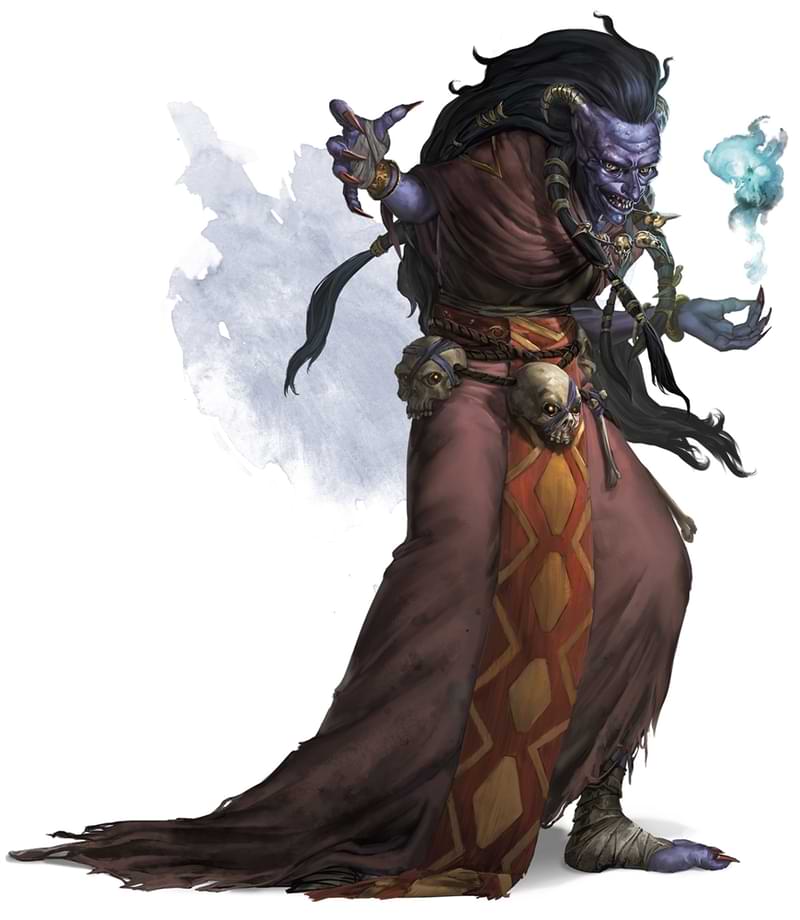 Mistresses of misery, hags harp on primal fears and covet misfortune. The flavor of anguish they strive to create depends on the type of hag:
Mistresses of misery, hags harp on primal fears and covet misfortune. The flavor of anguish they strive to create depends on the type of hag:
- Annis hag: Making their den in ruins, annis hags take joy in spreading fear.
- Bheur hag: These hags are gaunt mistresses of winter and encourage selfishness.
- Dusk hag: This type of hag might share its prophetic visions for a price, but such information will likely lead to suffering rather than good fortune.
- Green hag: Dwelling in forests, swamps, and moors, green hags revel in turning hope into despair.
- Night hag: Once creatures of the Feywild, night hags were exiled to Hades. These creatures befoul all good things, turning love into obsession and generosity to selfishness.
- Sea hag: These hags seek to pollute, turning beauty foul.
If looks could kill
Hags can really shine — er, glower — in combat. A sea hag’s Death Glare is terrifyingly powerful against low-level adventurers. It forces a frightened creature to make a DC 11 Wisdom saving throw or drop to 0 hit points on the spot.
For some hags, though, a hug is all you need to take out even the heartiest of adventurers. The annis hag's Crushing Hug can lock down a player character and automatically deal significant damage at the start of each of the hag's turns.
Night hags, however, are strongest when they're aware of their enemies. They can enter the Ethereal Plane to inflict nightmares on a creature, lowering their hit point maximum and depriving them of the benefits of a long rest.
Using hags in your game
A D&D party might encounter a hag after investigating a case of missing babies or after discovering a town that has been torn apart by gossip, false accusations, or even nightmares. A solitary green hag or sea hag can be the primary villain for a 1st- or 2nd-level adventure.
While the current selection of hags top out at a challenge rating of 7, a coven of three hags vastly increases the difficult of an encounter (see "Hag Covens" below).
Hag Covens
When hags must work together, they form covens, in spite of their selfish natures. A coven is made up of hags of any type, all of whom are equals within the group. However, each of the hags continues to desire more personal power.
A coven consists of three hags so that any arguments between two hags can be settled by the third. If more than three hags ever come together, as might happen if two covens come into conflict, the result is usually chaos.
Shared Spellcasting. While all three members of a hag coven are within 30 feet of one another, they can each cast the following spells from the wizard’s spell list but must share the spell slots among themselves:
1st level (4 slots): identify, ray of sickness
2nd level (3 slots): hold person, locate object
3rd level (3 slots): bestow curse, counterspell, lightning bolt
4th level (3 slots): phantasmal killer, polymorph
5th level (2 slots): contact other plane, scrying
6th level (1 slot): eyebite
For casting these spells, each hag is a 12th-level spellcaster that uses Intelligence as her spellcasting ability. The spell save DC is 12 + the hag’s Intelligence modifier, and the spell attack bonus is 4 + the hag’s Intelligence modifier.
Source: Monster Manual
Covens can hold significant sway over the common people in their domains, whether that is by fear or misplaced trust. A party that is upfront about their desire to take down a coven could be exiled or find that otherwise friendly non-player characters will come to the coven's defense, such as by acting as a humanoid shield. For this reason, taking down a coven could involve politics and moral quandaries.
In addition to forming covens, hags are known to adopt other creatures. (Even Baba Yaga is known to have raised Tasha, author of Tasha's Cauldron of Everything.) Such creatures could serve as lower-level enemies that lead up to the party's showdown with the hag, or simply work to dissuade the party from getting involved.
Quicklings
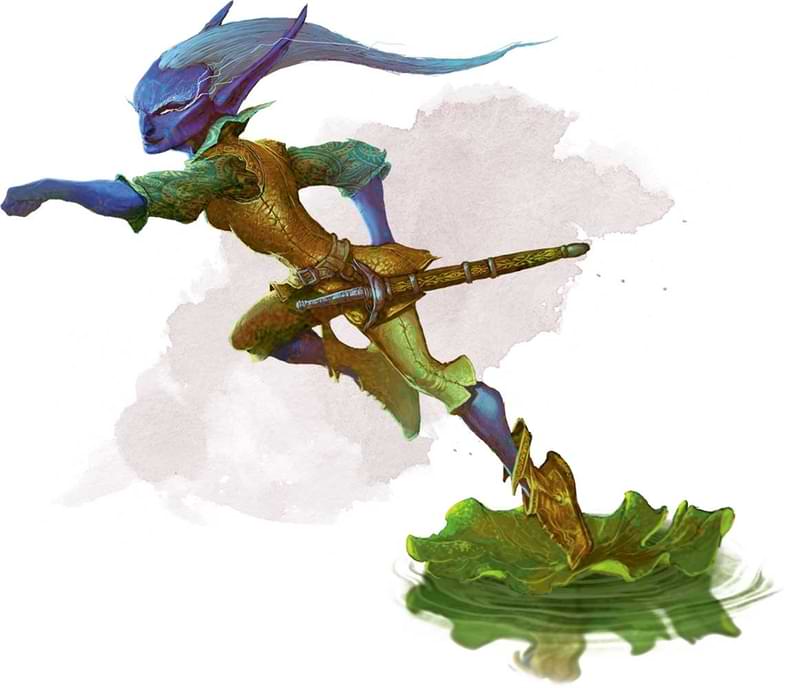 Fast and nimble, quicklings live up to their name with an astounding 120-foot movement speed and rogue-like abilities.
Fast and nimble, quicklings live up to their name with an astounding 120-foot movement speed and rogue-like abilities.
Quicklings appear as tiny, feral elves with high-pitched voices. They are creatures of the unseelie court and were created by the Queen of Air and Darkness herself, though they might not be so quick to thank her. Quicklings were once lazy and egotistical fey who were often late in answering their queen's summons. So, she punished them by shrinking them in size and speeding up their internal clocks. A quickling typically lives for all of just 15 years.
Hard to spot, harder to hit
With high movement speed and high bonuses to Sleight of Hand and Stealth, quicklings can be tricksters that are as hard to catch as a boggle. Low-level adventurers who find themselves combating a quickling will struggle to land a blow on these dexterous creatures.
Quicklings have AC 16, and attacks against them are typically made with disadvantage. They also have Evasion, which allows them to avoid damage from spells such as burning hands.
Using quicklings in your game
A party might run into a squad of quicklings acting as highwaymen, bounty hunters, political assassins, or sworn servants to a fey noble. They could be a plague, interrupting rests until the party defeats or appeases them.
Quicklings are built for ambush tactics. With their speed, a quickling can make three dagger attacks with one Action. As they have darkvision, a quickling could pose a major threat in nighttime encounters against party members who would struggle to spot them. Taking them on requires smart use of grapple checks, control magic, or creative traps. Once caught, it doesn't take much damage to take down a quickling. They have just 10 hit points.
As much of a nuisance quicklings can be to a party of adventurers, they can also be a boon. Player characters could contract these creatures to harass an enemy or assist as scouts or couriers. Such creatures are motivated by opportunities to cause chaos or to get back at the Queen of Air and Darkness.
Pixies
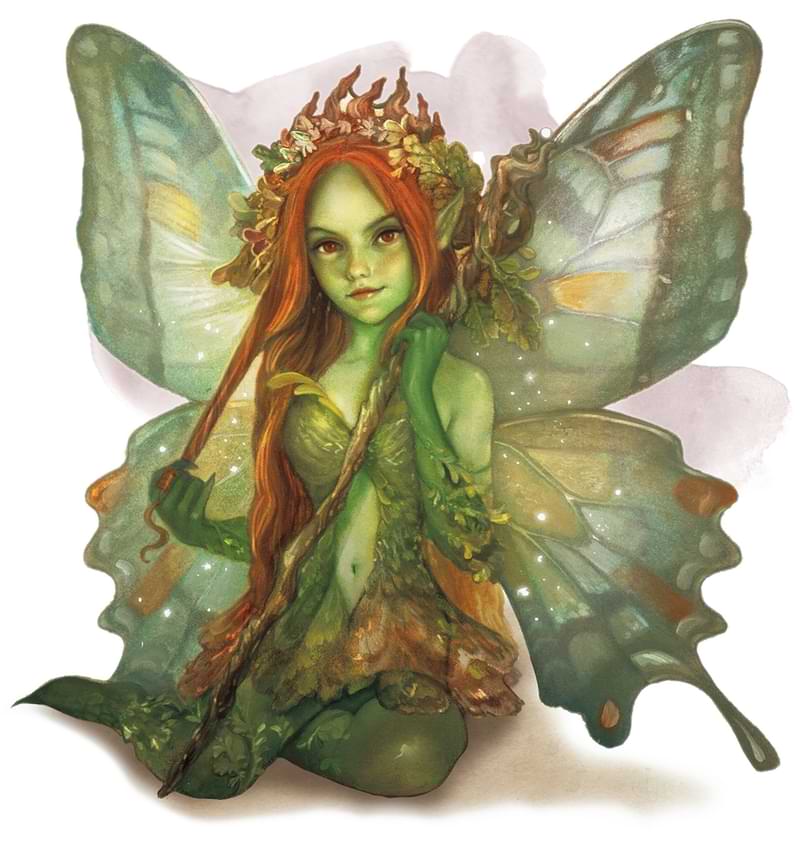 An iconic faerie, pixies appear as tiny elves with delicate wings. They’re as curious as they are shy. A pinch of their dust can grant the power of flight to friends or confuse foes. Often hunted by mages for their dust, pixies rarely reveal themselves.
An iconic faerie, pixies appear as tiny elves with delicate wings. They’re as curious as they are shy. A pinch of their dust can grant the power of flight to friends or confuse foes. Often hunted by mages for their dust, pixies rarely reveal themselves.
Pixies like to test those who have trespassed onto their land by playing pranks, such as by loosening buckles and tying shoe strings together. Should the intruders respond amicably to such whimsies, a dozen or so pixies might don flower crowns and gather to introduce themselves, wanting to become friends. If the intruders act aggressively, then the pixies will likely never make an appearance.
Delicate tricksters
Pixies have a whopping 1 hit point. But their innate ability to turn invisible, 15 AC, and selection of spells make them difficult to catch. Of course, pixies are social creatures who live together in groups, so turning a dagger to one pixie could mean being swarmed by a dozen others.
Using pixies in your game
Adventurers who journey to the Feywild might happen upon a pixie's glade when seeking out a spot to take a long rest. There, they might hear the giggles of these delicate creatures and have harmless pranks played on them. If the party shows that they have a good sense of humor, pixies might reveal themselves and be more than willing to offer aid.
Party members might also happen upon a pixie that is helping an injured animal, hosting a tiny faerie ball, or simply serving as a messenger for one of the faerie courts. As enthusiastic and kind-hearted creatures, a pixie can be more of an annoyance than a threat.
If player characters attempt to hunt down pixies for their dust, they will find pixies can be hard to track, especially for those who can't see invisible creatures. Pixies can cast entangle to slow the progress of hunters and use confusion to cause others to wander off in a random direction or swing their weapon at any ally. A pixie might even lure player characters up a cliff only to cast sleep on them as they near the top.
That said, it pays to be kind to the children of the woods.
The Wild Beyond the Witchlight is D&D's next big adventure storyline and is now available for preorder on D&D Beyond! It brings the wicked whimsy of the Feywild to fifth edition for the first time and offers new characters, monsters, mechanics, and story hooks suitable for players of all ages and experience levels! Master-tier subscribers can share their books and other compendium content with friends in their campaigns!
Jenn Jones (@jennesai) is a writer, hiker, cosplayer, and avid consumer of board games. She lives in Charlotte with way too many paint supplies, never enough dice, and one cat.








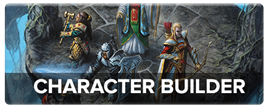
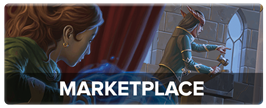
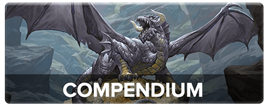
-
View User Profile
-
Send Message
Posted Jul 2, 2021First :)
Those quicklings sound cool!
-
View User Profile
-
Send Message
Posted Jul 2, 2021Quicklings are really unpleasant opponents at low level, especially if your only offensive options require attack rolls.
-
View User Profile
-
Send Message
Posted Jul 2, 2021Davvy Chappy will hear about this
-
View User Profile
-
Send Message
Posted Jul 3, 2021Sea hag’s death glare doesn’t automatically frighten an enemy—rather, the dearth glare is only applicable against an enemy that is already frightened. So you would have to fail two saves in a row—one against the sea hag’s appearance (failure = you are frightened), and then one against the death glare action (failure = you are reduced to 0 hp).
Still a very powerful ability!
-
View User Profile
-
Send Message
Posted Jul 3, 2021Me and my play group have been playing DnD long enough that my party doesn't really find a whole lot of entertainment from pre made campaigns because the story line from campaign to campaign CAN be repetitive. So my Party is now wanted home brew adventures, monsters, magic, classes, races, etc. and my players want a Fey wilds adventure, how should I homebrew Fey? Considering that they have looked over every stat block for the monsters on this list, how can I surprise the party?
-
View User Profile
-
Send Message
Posted Jul 3, 2021I love quickling and boggles, and I’m glad that they’re finally getting the attention they deserve.
-
View User Profile
-
Send Message
Posted Jul 3, 2021This is very helpful but I already have these monsters in volo's guide
-
View User Profile
-
Send Message
Posted Jul 3, 2021Ah, love this guide, but for me it arrived late, at the end of a fey-crossing session! Yesterday night (we finished around when this post appeared) I threw a pair of quicklings at my level 5 party. As described in Volo's Guide to Monsters, they "don't commit outright murder, but quicklings can ruin lives in plenty of other ways".
Shifting through the party's camp as fast as the wind, they tied the shoe strings of the heaviest character together. Then one of the feys took a dagger from the camp to distract the guard, so the other quiskling can move all important adventuring gear in the guard's bag. For elegant finish they took a beautiful ring from one of the sorcerers (the party's ring of jumping, gifted to them by two rogue kids) and braided the hair of two characters.
Yep, these are quicklings, not pixies, so they braided the character's hair TOGETHER. Hopefully the elf had finished his long rest and used the rest of the night to untie the trifling and the half-elf...
-
View User Profile
-
Send Message
Posted Jul 3, 2021I will use pixies. I have a player who’s character loves potato chips. So the pixie is going to move around and hide her potato chips.
-
View User Profile
-
Send Message
Posted Jul 3, 2021HAGS HAGS HAGS HAGS
I like hags. Maybe you've picked that up. I'm currently using one as a BBEG. She's a serious jerk and is really ready to destroy the party. She managed to crash a portion of the feywild into the material plane and now the players have to deal with it.
-
View User Profile
-
Send Message
Posted Jul 3, 2021This is great! Very inspiring for my feywild campaign.
-
View User Profile
-
Send Message
Posted Jul 3, 2021I wish the Feywild had more options to challenge high-level parties. I've needed to homebrew things like archfey or "elder hags" when the Feywild comes up for my now level 11 party.
-
View User Profile
-
Send Message
Posted Jul 3, 2021I would use an entire coven of hags, all three. This can make a pretty nice bossfight.
-
View User Profile
-
Send Message
Posted Jul 3, 2021Maybe you could focus on Monsters that don't actually wanna fight...
-
View User Profile
-
Send Message
Posted Jul 4, 2021Monster a day.
-
View User Profile
-
Send Message
Posted Jul 4, 2021I would also like to gain knowledge on how to homebrew fey monsters.
-
View User Profile
-
Send Message
Posted Jul 4, 2021In my opinion, fey creatures are usually either really, really, REALLY evil or pretty much just temperamental pranksters. They also are often portrayed as very elemental creatures, so pretty much just look at a regular type of Fey you might find in a specific situation and change as much as possible as far as possible and make a story to go along with it.
For example, if you wanted a really irritating, hard to hit, creature like a quickling but didn't want a quickling, you could make some kind of thing that goes really slow, so the party has to operate on its timeframe or they don't stand a chance of hitting it.
In response to Simonaut, the Feywild follows a sort of cold war monarchy kind of system, so archfey tend to have lots of minions and spells to help them control things, because they lead more by commanding the hordes than by example.
-
View User Profile
-
Send Message
Posted Jul 4, 2021Pixies being a CR 1/4 is absurd. Imagine your a party who has to fight pixies for some reason (maybe they're blocking a way to go, maybe a noble got tired of their tricks) and you find 4-5 tiny little creatures. Then those little creatures cast Polymorph and turn into a pack of T. Rexes.
-
View User Profile
-
Send Message
Posted Jul 4, 2021Polymorph is restricted to forms with CRs that are less than or equal to the target's CR. So they can only turn into CR 0 or CR 1/4 critters.
-
View User Profile
-
Send Message
Posted Jul 5, 2021"[Night hags] can enter the Ethereal Plane to inflict nightmares on a creature, [...] depriving them of a long rest, which can result in a point of exhaustion."
I think there is a misunderstanding of the Night Hag's Nightmare Haunting feature. The feature only states that "the target gains no benefit from its rest" but it can still finish its long rest. In XGtE it states: "Whenever you end a 24-hour period without finishing a long rest, you [...] suffer one level of exhaustion."
Therefore the Night Hag's Nightmare Haunting feature doesn't result in a level of exhaustion as the target can still finish its long rest. It still prevents the target from regaining a lot of things and healing persistent levels of exhaustion.